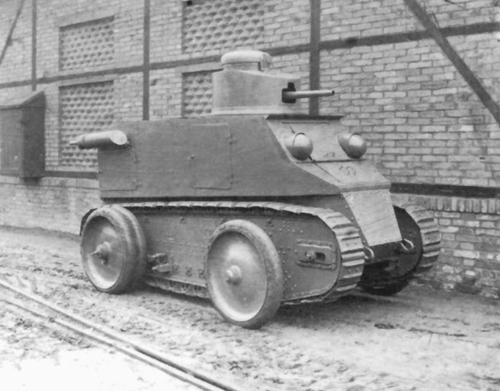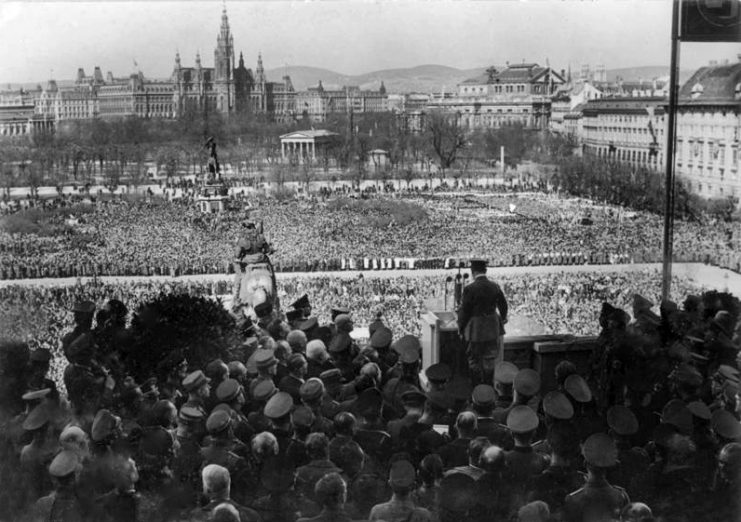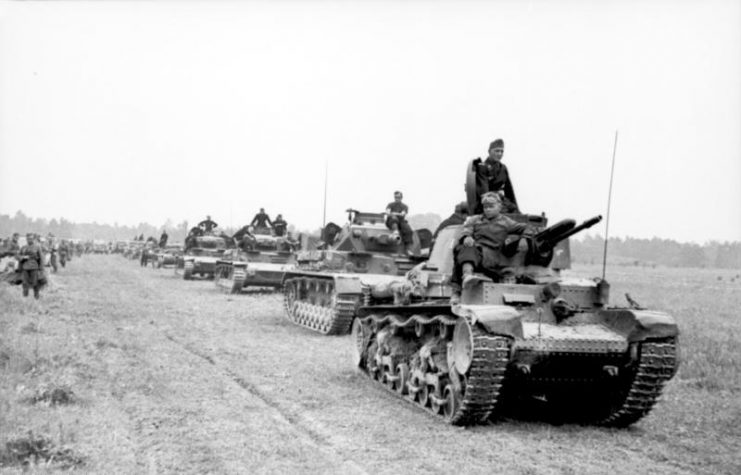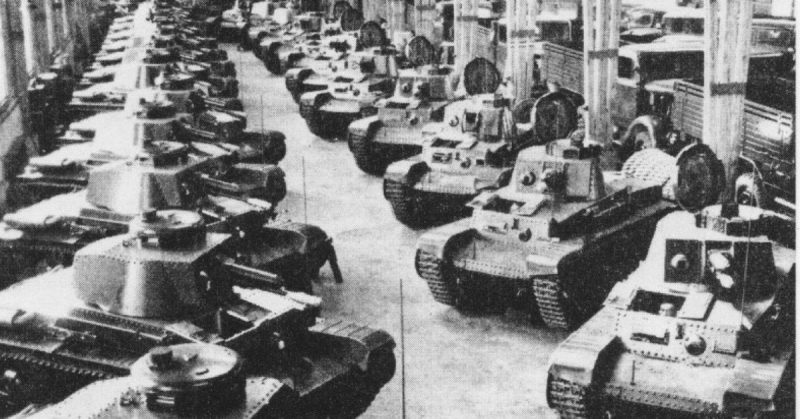The inter-war period led to the rapid development of European industries as countries such as Poland, Hungary, and Czechoslovakia became independent and sovereign states for the first time. In the decades after WWI, the question of military technology arose, to ensure their sovereignty remained intact.
It was particularly the case when it came to Czechoslovakia; a central European country consisting of what today is the Czech Republic and the Republic of Slovakia.
The independent republic of Czechoslovakia was founded after the downfall of the Austro-Hungarian Empire in 1918. It was one of the three countries that benefited from the dissolution of Austro-Hungary; the others were Romania and Yugoslavia. In 1921 to defend the League of Nations resolution guaranteeing their sovereignty these three countries joined in a military alliance called the Little Entente.
During the 1920s, the Czechoslovakian military was in the process of developing its own tank industry with help from the industrial magnate ŠkodaWorks which had assembled a top-notch crew of engineers, mechanics and other experts. It led to several successful prototypes, mainly based on a concept using interchangeable wheels and tracks.
The KH-50 was born. It scored reasonably well during its test drive but failed to meet the requirements of the Czechoslovakian Army. Nevertheless, the army contractors decided to follow with caution any further development of the hybrid vehicle, as it seemed the designers at Škoda were on the verge of a significant breakthrough.

The person in charge of this project, Joseph Vollmer had already made a name for himself during WWI. He was one of the foremost designers behind Germany’s pioneer tanks such as the A7V, K-Wagen, LK I and LK II.
The KH-50 ushered in the path for several other versions with improved engines and an enhanced system for replacing the tracks and wheels. Both the KH-60 and KH-70 prototypes which were derived from their predecessor caught the eye of foreign contractors, including the USSR and Italy.
As a result of all the investment and improvements, Škoda produced their best prototype in May 1937, entitled the T-21. But they were not alone in competing for the green light by the army to go into mass production. Their main competitor, Praga Company, entered the race rather late, but still managed to produce a prototype which attracted government contractors.
There was one other tank factory that was racing to offer their own design. ČKD Tatra was known primarily as an automobile company. The factory had its own models which were gaining respect in the eyes of army contractors. By 1937 the dynamics of tank development within Czechoslovakia was reaching boiling point.
Although both Škoda and Praga produced modern, albeit flawed fighting vehicles, the political situation in Europe had intensified by the mid-1930s. The army canceled any further tank development. The situation culminated with the Annexation of Austria and the Munich Agreement, both of which took place in 1938.

The Czechoslovakian Army was gravely concerned about the future of its country. Foreign powers such as Britain and France seemed completely incapable of preventing Hitler’s meddling in the internal politics of countries protected by the treaties signed after WWI.
Meanwhile, private tank building factories looked for other bidders abroad.
Nazi Germany then annexed portions of Czechoslovakia along their border in 1938, followed by a full-scale occupation. Any export of military equipment became strictly prohibited.
Instead, the industry was turned to the benefit of the Nazi war effort. The T-21 was improved and became the T-22. The tank never saw wider use.
Apart from the Škoda medium tank design, there were other vehicles in development, such as the Tančík vz. 33 derived from the British Carden-Lloyd Tankette and the LT-35 light tank. It was incorporated into the German army and other Axis armies such as Romania and Bulgaria under the name Panzer 35(t). The (t) stood for tschechisch, which means Czech in German. The Tančík was used mainly by the Slovak Army which had been formed after the Nazi occupation, and Slovakia was granted wartime independence.
Although the Panzer 35(t) was considered a fair match to the other German tanks of the early war period, the ČKD Tatra pre-war design designated TNHPS, was about to beat every expectation. The TNHPS offered a very novel concept as early as 1935, but due to indecisiveness and other factors, the tank was largely neglected. The Germans saw its full potential and decided to incorporate it and use it beside their home-produced Panzer I and II.

During the first years of the war, the Tatra design renamed Panzer 38(t), participated in campaigns all over Europe ― Poland, France, Belgium and the Netherlands ― as well as in the early phases of the Soviet invasion. The Panzer 38(t) was very reliable and sustained mobility. It was easy to repair and maintain, and on top of that was considered one of the few tanks that rarely suffered a mechanical malfunction.
The tank was so popular and reliable, it was not until 1942, that it was deemed outdated. It was mainly because of its 37mm gun, which proved to be all but useless against the later versions of the T-34, the most famous Soviet tank ever produced.
Nevertheless, the chassis of the Panzer 38(t) was mass-produced after 1942. It was fitted with 7.62 cm PaK 36(r) and 7.5 cm PaK 40 guns for the Marder III tank destroyer series.
In the later years of the war, the Czechoslovakian designs which dated mainly from the 1930s, quickly became outdated as military requirements were changing by the day.
Today, the technology developed by the small Central European country in the interwar period is considered to have contributed largely to Hitler’s blitzkrieg across Europe between 1939 and 1941. Although the Czechoslovakian Government had made every effort to produce military armor in the hope of defending its independence, the country fell to Nazi Germany without any armed resistance at all.
